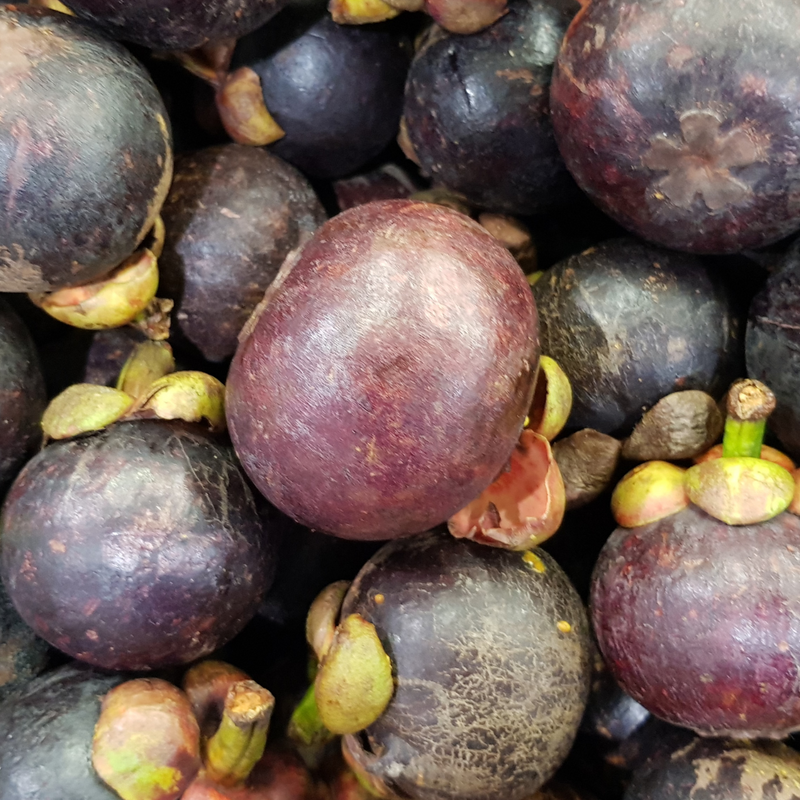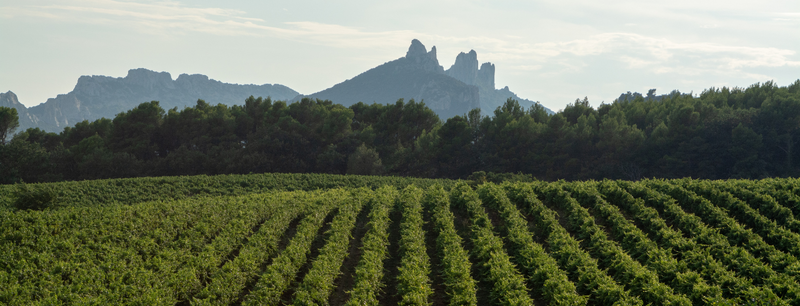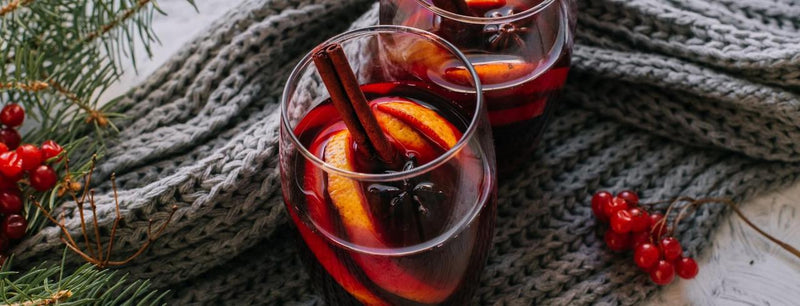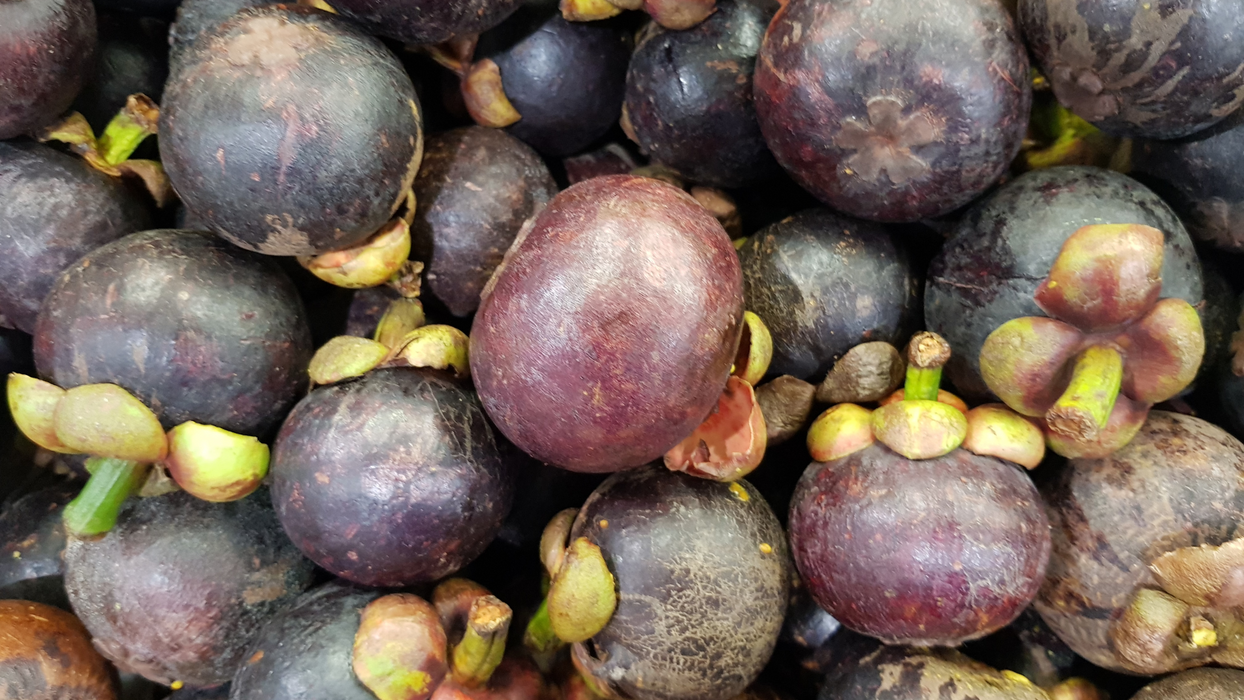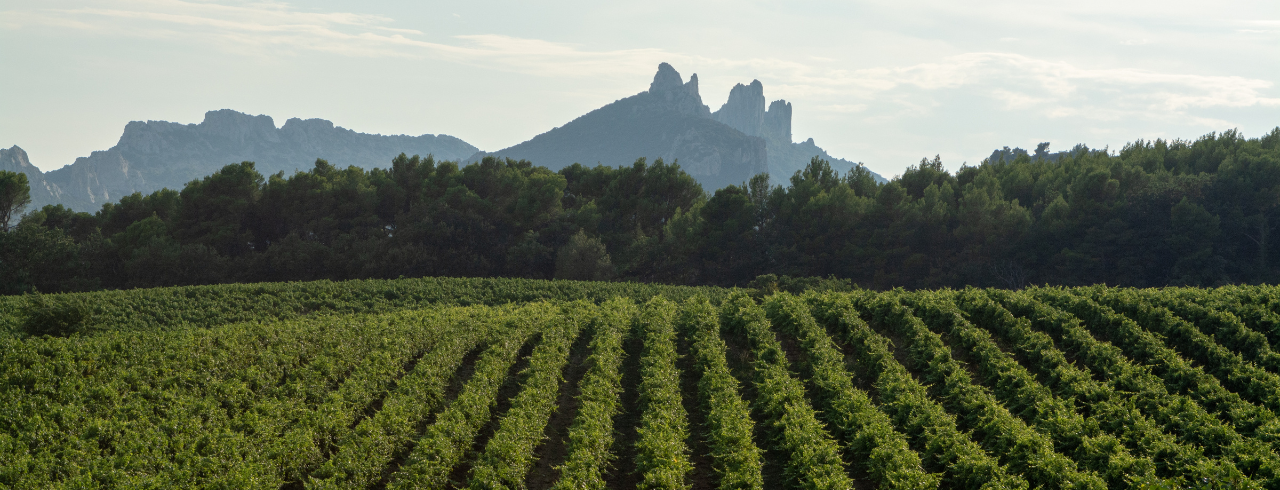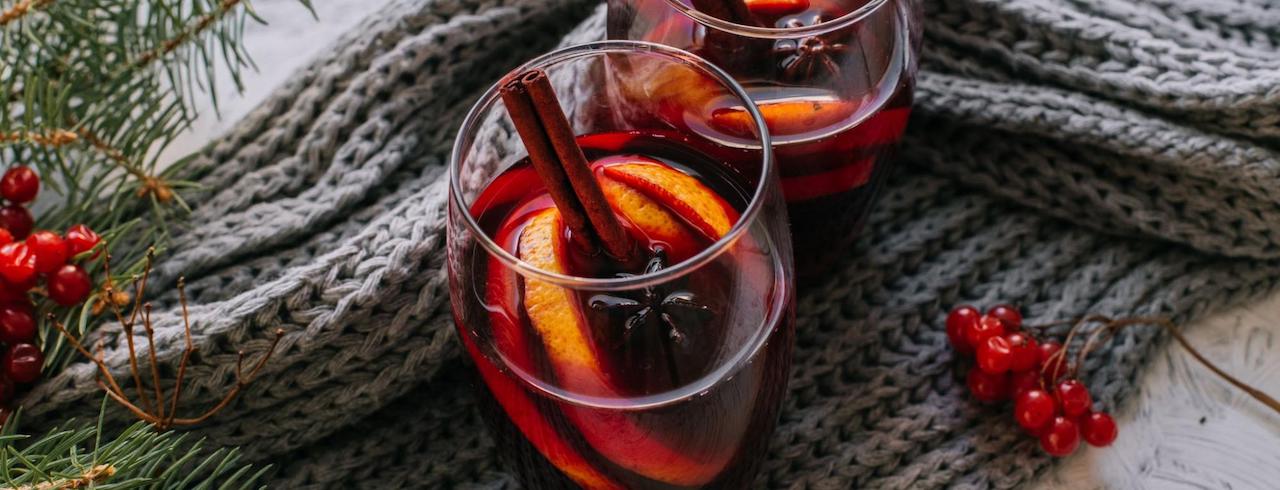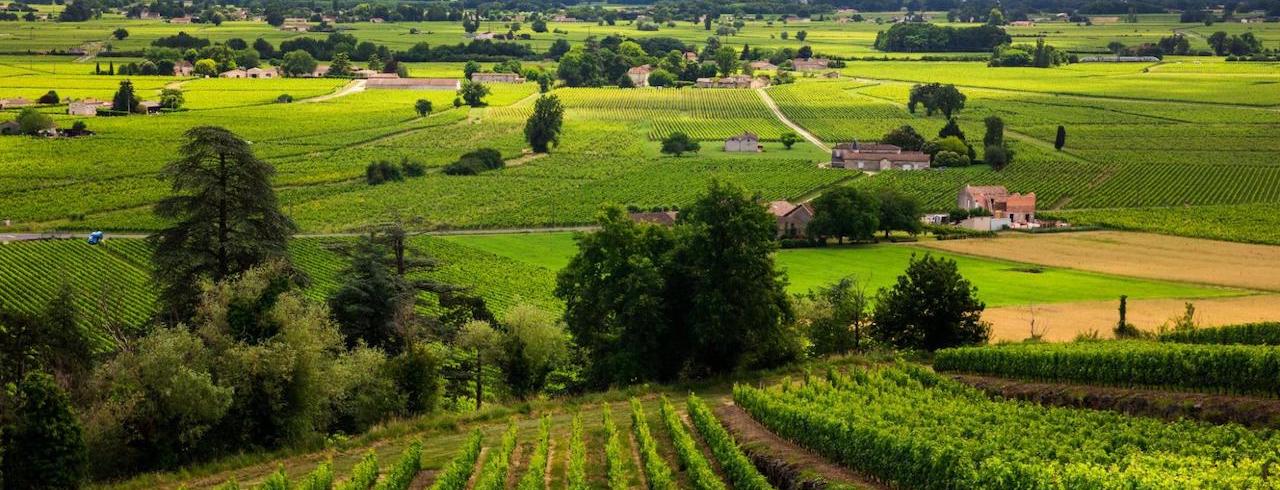
The Ultimate Guide to Bordeaux Wine
There aren’t many more historic wine regions than the Bordeaux district in southern France.
This region produces some of the most renowned and expensive bottles today and for good reason — many of the vineyards here have survived countless conquests, the Black Death, and economic turmoil.
Two thousand years of history infuses every sip. And it doesn’t hurt that the grapes are some of the juiciest in the world.
Let’s learn about what makes this historic French wine region one of the most respected in viticulture and why you should seek out a bottle or two of Bordeaux wine for your next wine tasting party.

The History of Bordeaux Wine
With origins dating back to Ancient Rome, the history of Bordeaux wine is rich with challenges and struggles. Let’s dip a toe into European history to understand how the modern Bordeaux varietals have changed over thousands of years of war, plague, and economic strife.
Beginnings in Ancient Gaul
Bordeaux wine dates back nearly two thousand years to 43 AD during the Roman conquest of Gaul. The Romans cultivated vineyards to distribute wine for their soldiers, and Pliny the Elder recorded evidence of rapid vineyard growth in the region around this time.
Bordeaux’s proximity to the Gironde estuary allowed easy trade with the British isles, and the region’s winemaking industry boomed for a few hundred years. Unfortunately, the area’s history of viticulture collapsed with the fall of Rome and experienced constant disruptions by conflict and conquest up until the sixth century.
Troubles of the Black Death and Hundred Years War
Despite its popularity within France, French wine was rarely exported during its first thousand years due to a lack of volume production.
This changed in the 12th century with the marriage of Henry Plantagenet and Aliénor d’Aquitaine. This marriage transformed the Bordeaux region into English territory and rapidly increased trade with other regions.
To compound matters, in the 13th and 14th centuries, business laws called the police des vins gave Bordeaux-originated wine various trade advantages over its neighboring districts, making this region one of the leaders in wine exports in all of France and across the globe.
During the Middle Ages, Graves proved the dominant region within Bordeaux while many of the popular ones today resembled a sparse marshland. However, all of Bordeaux suffered in the 14th century with the outbreak of the Hundred Years’ War between France and England and was further exacerbated by the Black Death, effectively sending the region into a period of disrepair.
It was only in the 17th century that Dutch traders drained the marshlands of the Médoc and cultivated vineyards in the new districts. The spread of vineyards proved so expansive that Bordeaux was divided into many different districts to give the consumer more accurate information about their varietal and vintage — these districts still persist to this day.
While the Dutch promulgated vineyards and trading routes, local wars like the War of Spanish Succession continually repressed production for the next couple hundred years.
Trending Towards Red In The Modern Day
The energy crisis and economic strife of the 1970s proved challenging for Bordeaux. Rapid inflation quickly led to drastic price crashes, interrupting production and ravaging the industry.
Problems continued into the 1980s with inheritance taxes making family farms increasingly difficult to pass through the generations. However, as American critics began to dominate the international wine scene, the fruity aromas characteristic of Bordeaux varietals entered the mainstream and privileged this French wine region.
The primary trend within Bordeaux vineyards today is a push towards red varietals while white varietals dwindle away. While vintages of Bordeaux AOC and Bordeaux Supérieur AOC surge in popularity, white wine grapes only make up about 10% of the vineyard space within the region today.

Bordeaux Wine Regions
Covering tens of thousands of hectares, the Bordeaux wine region is split into about six different sub-regions, all with their own unique terroir and character. Let’s learn about three of the most prominent districts within Bordeaux.
The Left Bank
The Left Bank of Bordeaux covers the well-known region of the Medoc, which includes the appellations of Margaux, St. Julien, Pauillac, and St. Estéphe.
With easy access to water from the Atlantic ocean and a natural drainage system, the soil within this region is incredibly hospitable for fostering complex flavors within full-bodied red varietals. The Left Bank is perfect for Cabernet Sauvignon production with its signature gentle slopes and nutrient-enriching clay, limestone, and stone soils.
The dominant grapes within this region are Cabernet Sauvignon, Merlot, and Cabernet Franc, though Malbec, Petit Verdot, and Carmenere grapes are also distributed throughout the region. Many of the varietals are red blends, and each bottle bears a powerful connection to the earthy soil, hinted at by that signature ruby-hued Bordeaux color.
Winery To Visit
Margaux bottles are some of the most famous and expensive red vintages in the world. Dating back over four hundred years, the average bottle retails at about eight hundred dollars.
One bottle was valued at a whopping quarter of a million dollars! Unfortunately, no one ever drank it.
If you’re planning on taking a tour of the Margaux Estate, you can expect a visit to their underground wine library with vintages as old as 170 years as well as an ancient cellar that dates back to 1815.
The Margaux Estate truly earns the title of one of the top wineries in the world and is a must-visit if you take a trip to this historic French wine region.
The Médoc
This region is home to the Marathon du Médoc, which claims to be the longest marathon in the world. If you happen to be an ultra marathon runner, you can gaze upon the rolling vineyards and beautiful scenery as you hustle your way through one of the most historic wine regions in the world.
Apart from the marathon, the Médoc is known for its diverse landscape of pine forests, sand dunes, and coastal lagoons. Providing a home to nearly 40 thousand acres of vineyards, the Médoc operates as a peninsula and produces some of the most expensive wines in the world.
The well-drained earth is perfect for slow-maturing Bordeaux red wine grapes like Cabernet Sauvignon and Petit Verdot. Of all the districts within the Médoc, the Haut-Médoc is undoubtedly the most revered and has arguably ascended to become the most popular wine district in all of France.
Winery To Visit
Château Kirwan is one of the most underappreciated and underlooked wineries within Médoc.
With 40 hectares of teeming vineyards, the estate specializes in Cabernet Sauvignon and Merlot and creates a truly memorable Red Blend from their two-star grapes.
The wine here earns the title of Third Growth Winery from the Official Bordeaux Wine Classification, proving that every tiny vineyard tucked within the Médoc might be a hidden gem waiting to be discovered.

The Right Bank of Bordeaux
The Right Bank of Bordeaux lies on the eastern side of the River Garonne and the Gironde estuary. The waters of the River Garonne provide enriching sediment deposits that make the soil within the Right Bank some of the most well-regarded in the world of high viticulture. The most important appellations of the right bank are Poimerol and St Emillion.
The estates within the Right Bank tend to be much smaller than those on the Left Bank, with more independent and family-owned wineries occupying the countryside. The dominant varietal within this district is Merlot, along with Cabernet Sauvignon, and Cabernet Franc
While there are no first-growth estates in the right bank, Saint Emilion created its own classification system that continually revises its standards every ten years to remain up-to-date on the changing tastes of the modern era.
This classification groups the best varietals into two categories — Premier Grand Cru Classé (higher-scoring) and Grand Cru Classé (lower-scoring). For a true taste of what the independent vineyards of the Right Bank can offer, order yourself a bottle of Premier Grand Cru Classé.
Winery To VisitOne of the best estates within the Right Bank is Château Coutet, a four-hundred years old winery that belongs to a winemaking family stretching back 14 generations.
The Château Coutet is a mere 5-minute drive from Saint Émilion and commits to sustainable farming with manual tilling and absolutely zero pesticides, fertilizers, or weed killers.
The estate produces only one wine, Château Coutet, and earns the label of a Grand Cru Classé with a balanced taste and generous finish. Order a bottle of their 2005 vintage for firm tannins and aromas of red cherries, toasted spice, and black fruit.
If you’re traveling through the Right Bank, definitely schedule a visit to the Château Coutet. Not only will you meet a devoted winemaking family, but you’ll find a delicious vintage to bring back home and share with friends.
Bring Home Bordeaux With Wine Insiders
If you haven’t yet sought out wine from this historic French wine region, it’s time to try a sip of Bordeaux. While its more expensive bottles dating back decades can certainly taste divine, the region also produces some affordable, delicious varietals that are crying out to be enjoyed.
Look through our fantastic catalog of French wines, Italian wines, Spanish wines, or whatever varietal tingles your taste buds.
While you’re waiting for your order to arrive, browse through our blog to discover more regional wine guides and infuse your next trip abroad with a bit of viticulture amidst local wineries.
Use our discount code WINE101 to receive 30% off your order at checkout!
